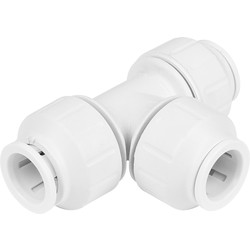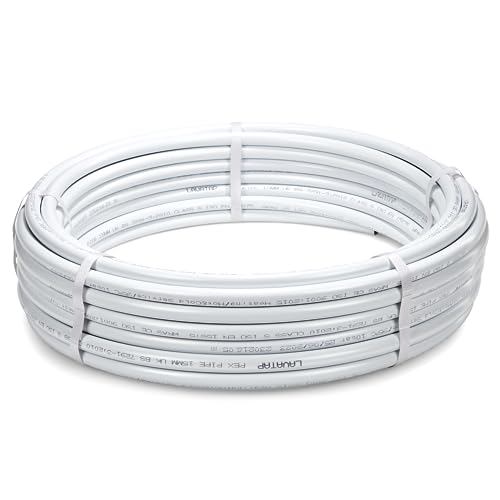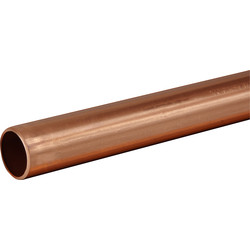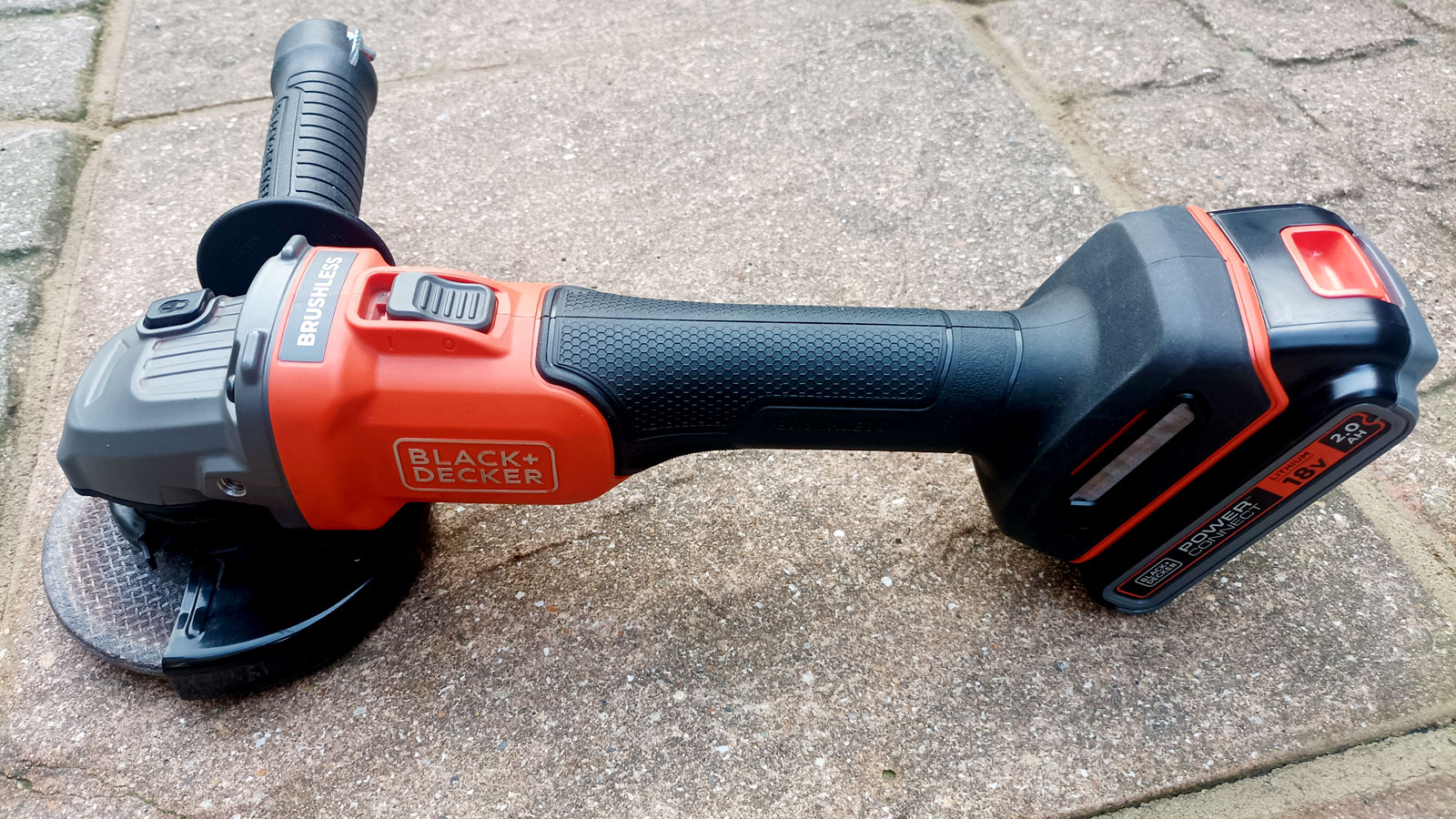Can you use plastic pipes for heating systems? Copper vs plastic pipes explained
Our expert dives into the pros and cons of plastic and copper pipes for your heating system
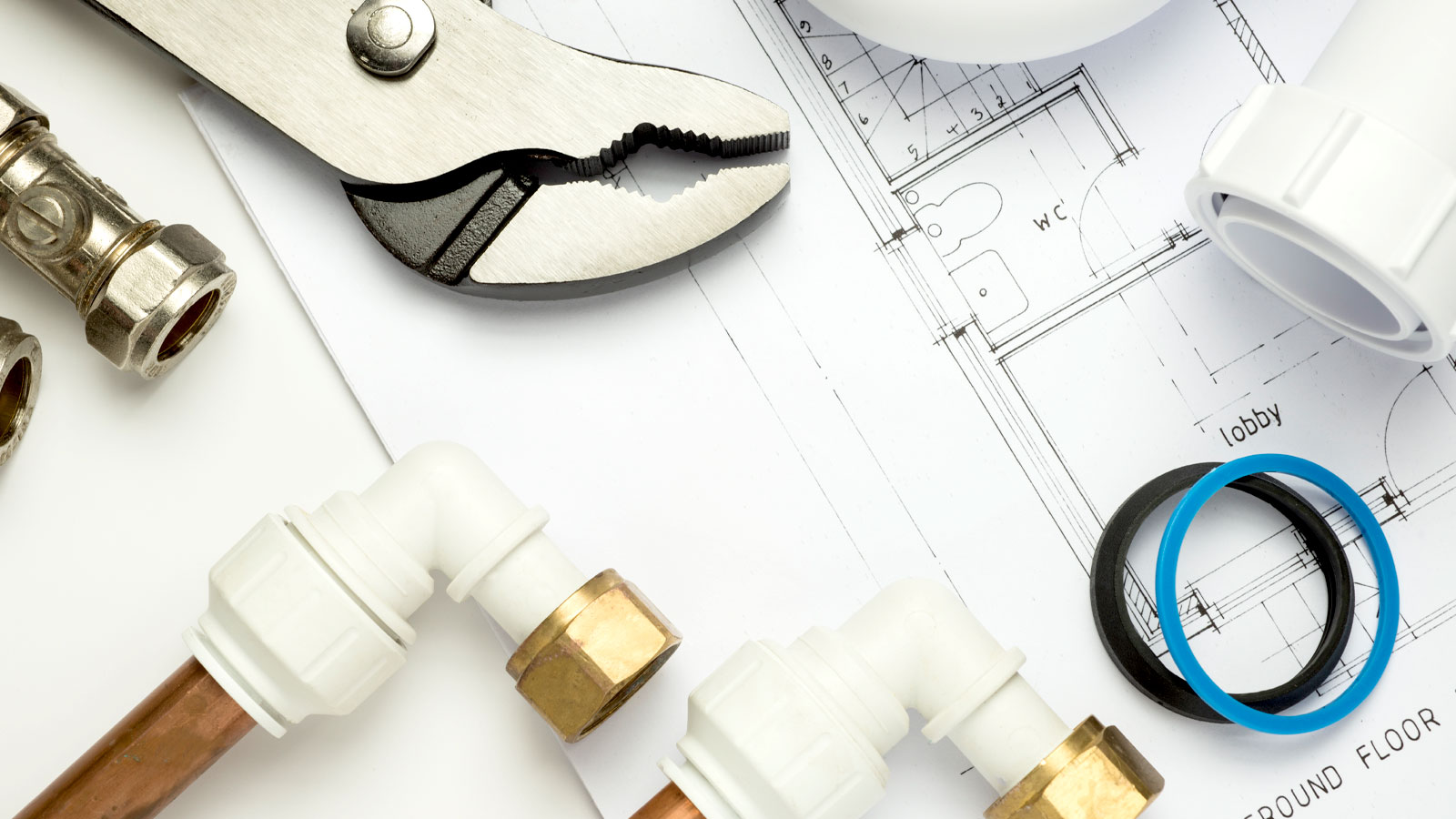
Copper vs plastic pipes is a common conundrum when looking to fit new pipework in your home. Which should you use for everyday plumbing projects? Which should you use for central heating? Can you use both?
If you’re installing a radiator to expand your central heating system, adding a new boiler, or introducing underfloor heating, you must select the appropriate pipe to optimise their performance.
Here, the experts discuss the advantages and disadvantages of copper and plastic pipes, the suitable applications for each, the various types of plastic pipe available, and how to effectively combine copper and plastic piping.

Working in the industry for over 15 years Gordon and Alan's mission is to help property owners get warmer and more comfortable with underfloor heating and proper floor screed.
Pros of copper pipes
Here Gordon Chalk and Alan Houghton, MDs at Next Level Underfloor Heating and Screed Solutions explain the pros and cons of copper and plastic pipes.
- + Longevity –durable and can last for decades with proper installation.
- + Heat transfer – Excellent conductor of heat (can be beneficial in certain heating system designs).
- + Proven track record – Long history of reliable use in plumbing and heating systems.
- + Resistant to UV degradation – Copper pipes are not affected by sunlight.
Cons of copper pipes
- Cost – Generally, more expensive than plastic, with fluctuating copper prices.
- Ease of installation – Soldering requires skill and experience (not DIY-friendly; poor soldering can lead to leaks).
- Rigidity – Rigid and requires more fittings to navigate corners.
- Theft – Often targeted by thieves due to scrap value.
- Corrosion – While generally resistant, certain water conditions (e.g. very acidic water) can cause corrosion.
Try these to replace copper and plastic pipe
Pros of plastic pipes
- + The price – Most of the time, plastic is cheaper than copper.
- + Easy to install – Using push-fit or compression joints, it's easier to install than copper, making it more DIY-friendly.
- + More flexible – Plastic pipes are more bendable than copper, which makes it easier to run them through small areas.
- + Durability -– Very strong against rust, helping it fight corrosion.
- + Slower heat flow – Can help underground heating systems by retaining heat.
Cons of plastic pipes
- - Life span – Not as well proven for long-term stability as copper.
- - Temperature limitations – Not as resistant to high temperatures as copper. Crucial to use pipes that are rated for the highest temperature they will be used at.
- - Oxygen absorption – Some types (non-oxygen barrier pex) let oxygen through, which causes system parts to rust. In closed heating systems, oxygen shield pex has to be used.
- - Reliability of fitting – If plastic pipes are not put in properly, push-fit fittings can leak more than soldered copper.
- - Damage from UV – Long-term exposure to ultraviolet (UV) light can break it down.
What pipe is used in central heating?
Plastic pipes are prevalent in UK central heating systems, with a combination of different types and sizes being used. Here, Chalk and Houghton start by explaining the commonly used sizes and the reasons why: “The size of the pipe is determined by the heat load and the purpose of the pipe.” They add, “15mm, 22mm, and 28mm are all common sizes for central heating systems. 15mm or 16mm is usually used for underfloor heating systems.”
There are three common types of plastic pipe that are used in central heating, each with its own attributes, as Chalk and Houghton list below:
- PEX (Cross-Linked Polyethylene)
A sturdy and flexible plastic pipe that is commonly used for water systems and underfloor heating. To stop corrosion, closed heating systems must have oxygen shield PEX. - PEX-AL-PEX (Multi-Layer Composite Pipe)
A pipe that is made up of layers of PEX and aluminium. The aluminium layer makes it stronger and stops air from getting through. - PB (Polybutylene)
Fitting problems have made this less common, but it can still be found in some older systems.
Can you mix plastic and copper piping?
The simple answer is yes, you can, and it's not unusual in central heating systems as Chalk and Houghton point out, “It is common to use both copper and plastic pipes in central heating systems, especially when adding to or fixing systems that are already in place.”
But they add a word of warning, “It is important to use the right fittings, though, to make sure that the link between the two materials is safe and doesn't leak.” Plastic push-fit fittings are designed to work with plastic piping, but can be used to connect plastic pipe to copper pipe.
Bring your dream home to life with expert advice, how to guides and design inspiration. Sign up for our newsletter and get two free tickets to a Homebuilding & Renovating Show near you.
Should copper pipes be replaced with plastic?
If you currently have copper pipes for central heating, there may be reasons to switch to plastic pipes, but it will depend on the current state of your copper pipework. If it's old and leaking, and needs replacing, new plastic pipe is a good choice.
If the copper pipe needs repairing, Chalk and Houghton suggest, “Compare the cost of repair with the money you could save by using less energy and not having to fix things as often.” They add, “It is usually not worth the money to replace copper pipes that are still in good shape just to switch to plastic ones.”
Beyond replacement and repairs, plastic pipes are a good choice for other projects such as renovations, say Chalk and Houghton, “Plastic pipes may be easier to work with in new systems and layouts, so if you're planning a big renovation, now might be a good time to replace your copper pipes.”
They are also ideal for underfloor heating, continue Chalk and Houghton, “Plastic pipes, especially oxygen barrier PEX, are usually the best choice for putting underfloor heating.”
FAQ
Are copper pipes still used for plumbing/central heating?
Copper pipes are still used frequently for general plumbing purposes around the home, but less so for central heating systems. Chalk and Houghton explain where copper pipes are typically used in the home: “Mains water pipes are common, as they last a long time and don’t rust.”
He adds, “In cases where appearance is important, copper can be lacquered and polished to resemble a decorative object.”
On a more practical level, copper pipes are used to connect boilers and radiators, continues Chalk and Houghton, “In systems that mostly use plastic pipes, short runs of copper pipe are sometimes used to connect stoves and radiators.”
Your central heating system will eventually need replacing, so make sure you know how much to budget for when the day comes by checking out our how much does it cost to install central heating guide. You’ll need to consider the type of radiator you want to install and factor in power flushing costs to keep your heating system running efficiently.
Steve Jenkins is a freelance content creator with over two decades of experience working in digital and print and was previously the DIY content editor for Homebuilding & Renovating.
He is a keen DIYer with over 20 years of experience in transforming and renovating the many homes he has lived in. He specialises in painting and decorating, but has a wide range of skills gleaned from working in the building trade for around 10 years and spending time at night school learning how to plaster and plumb.
He has fitted kitchens, tiled bathrooms and kitchens, laid many floors, built partition walls, plastered walls, plumbed in bathrooms, worked on loft conversions and much more. And when he's not sure how to tackle a DIY project he has a wide network of friends – including plumbers, gas engineers, tilers, carpenters, painters and decorators, electricians and builders – in the trade to call upon.
